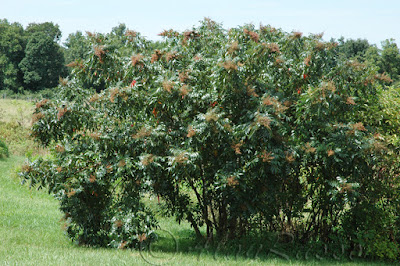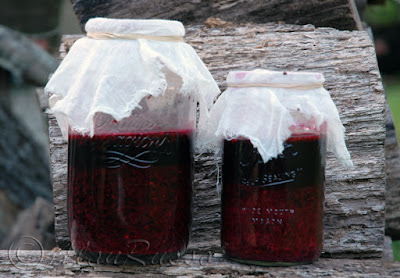I am a little reluctant, maybe even a little embarrassed, being all "mr. natural" and all, about posting the following post. I should probably explain what the heck I am talking about.
It's Pecan season in NC and I have 5 large Pecan trees.Every 4 or 5 years or so I get a bumper crop. Last year I got almost no Pecans. Four trees produces nothing and one produced very few. I was a little worried. But this year there are more Pecans than I can comfortably collect on my own. The season is spread out and each tree seems to drop the bulk of the crop at different times, but it is still tedious work and with life getting in the way of living as it often does, I had to think of a way of getting as many as I could in the time allotted.When we moved into our house we found these two "tools" hanging in the car port. I really had no idea what they were and eventually I did go online to try to find them. They were nut picker-up-ers. It turned out it was easier and more efficient to crawl around on the ground and pull a wagon behind me than to use these tools. So I started thinking, (scary I know), how can I harvest all these Pecans more efficiently.
After walking around the trees bending over every 2.5 seconds to pick up a Pecan, eureka!, it dawns on me what to do. I can suck them up with my shop vac! Not very Primitive Technology, but I bet it will work. I cleaned out my shop vac and started to try it. If you have ever used a shop vac, you know that as you are pulling from place to place and you hit something, even if it as small as an amoeba, the shop vac will fall over. Well, you can imagine how well it worked out on the grass. Again the thinking cap went on. Eureka! I can lash it to my hand truck and pull it around that way.
 |
| My not so primitive Pecan Picker -Upper |
It worked way better than I thought it would! Of course I felt a little guilty, like I modernized a sacred act or something, but got over it real quick as I picked up a full 16 gallon shop vacs worth in a half hour!
 |
| Sucking up Pecans the modern lazy way. |
 |
| I got three of these full before I called it a day |
Of course when you do it this way you pick up a lot more than Pecans. The hulls, the leaves, the leaf stem and anything else loose on the ground. So, Now I have got to figure out a way to separate all the "junk' from the Pecans. I started to think of ideas and thought using science would help as it has in the past.: http://ethnobotanist128.blogspot.com/2014/02/chufa.html . Well it didn't work, everything, including the nuts floated.
 |
| Everything Floats! |
It just so happens the day I did all this it was pretty windy, I thought, maybe I can redeem my Primitive self by using the tried and true method of winnowing. I put a large box into a lawn cart and started dropping the Pecans and debris slowly over the box. It worked pretty well and left a debris trail several feet long with things sorted by weight from heavy in the front to the lightest stuff going the farthest.
 |
| Dropping |
 |
| Debris Field |
After about a 4 Eureka!day I had a huge box of Pecans and this is just day one. I have done the same thing a few more times since then and now have a hefty supply of Pecans for me and my chickens for the winter and beyond. Funny, I invited several people to come and pick Pecans to their hearts content, but no one has taken me up on the offer, but all said if you have any extra I will take them off your hands.Yea Right!
Peace











































